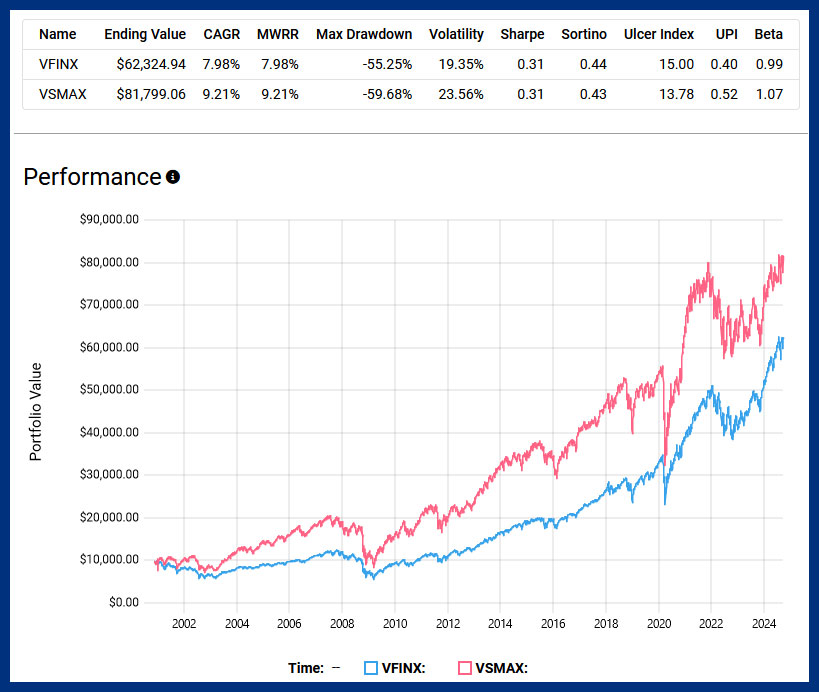Interestingly, small-cap stocks have historically outperformed their larger counterparts and, if academics are to be believed, will continue to do so over the long term. Don’t let recency bias sway you; the dominance of mega-cap stocks over the last decade isn’t the whole story.
What is a market cap?
Market cap, short for market capitalization, is the total market value of a company’s outstanding shares, or stocks. To calculate market cap, multiple the number of shares by the market price of one share. (For example, a company with 10 million shares priced at $25 each has a market cap of $250 million.) People in the investing community use market cap to indicate a company’s value and compare its size relative to others in the same industry or sector. Stock exchanges and cryptocurrencies also have a market cap.
Read more in the MoneySense Glossary of Investing terms: What is a market cap?
When it comes to the stock market, there are certain formulas, known as asset pricing models, that help us understand why stocks move the way they do. You might have heard of one called CAPM, or the Capital Asset Pricing Model. Basically, CAPM tells us that the return you should expect from a stock is tied to how risky it is compared to the whole market. It’s like saying, the riskier the stock, the bigger the potential reward should be.
Here’s the twist: CAPM doesn’t reveal the whole story. It misses out on some other factors that can also affect a stock’s performance. Back in the 1990s, two professors from the University of Chicago, Eugene Fama and Kenneth French, added more layers to this model. It’s called the Fama-French three-factor model. It later grew into a five-factor model, but to keep it simple, let’s go with the original three:
- Market Factor (Rm-Rf): This is the extra return you’d expect from investing in the stock market over something super safe, like government bonds.
- Size Factor (SMB for Small Minus Big): This one’s interesting because it shows that smaller companies often outperform larger ones. It’s kind of like rooting for the underdog.
- Value Factor (HML for High Minus Low): This tells us that stocks that are priced lower relative to their book values (think bargain stocks) often do better than those that are more expensive.
So, focusing on the size factor, it explains why, over time, these smaller companies, or “small caps” as we call them, might give you better returns than the giants of the stock world.

To understand the performance dynamics between large- and small-cap stocks, we can examine two older U.S. index-based mutual funds: the Vanguard 500 Index Fund Admiral Shares (VFIAX), which tracks the S&P 500, and the Vanguard Small-Cap Index Fund Admiral Shares (VSMAX).
We’ll use a back-test period from November 14, 2000, to September 19, 2024. This timeline is particularly insightful as it includes several major market events: the dot-com bust, the 2008 financial crisis, the COVID-19 pandemic and the ensuing bull market primarily driven by technology stocks.
During this period, small caps, represented by VSMAX, outperformed the S&P 500, as tracked by VFIAX. The Compound Annual Growth Rate (CAGR) for VSMAX stood at 9.21% compared to 7.98% for VFIAX. However, this higher return came with increased volatility and larger drawdowns (price drops from peak to trough).
On a risk-adjusted basis, the performance of both funds essentially leveled out with an identical 0.31 Sharpe ratio, meaning that investors in VSMAX were compensated more or less fairly for the higher risk associated with small-cap investments.



















